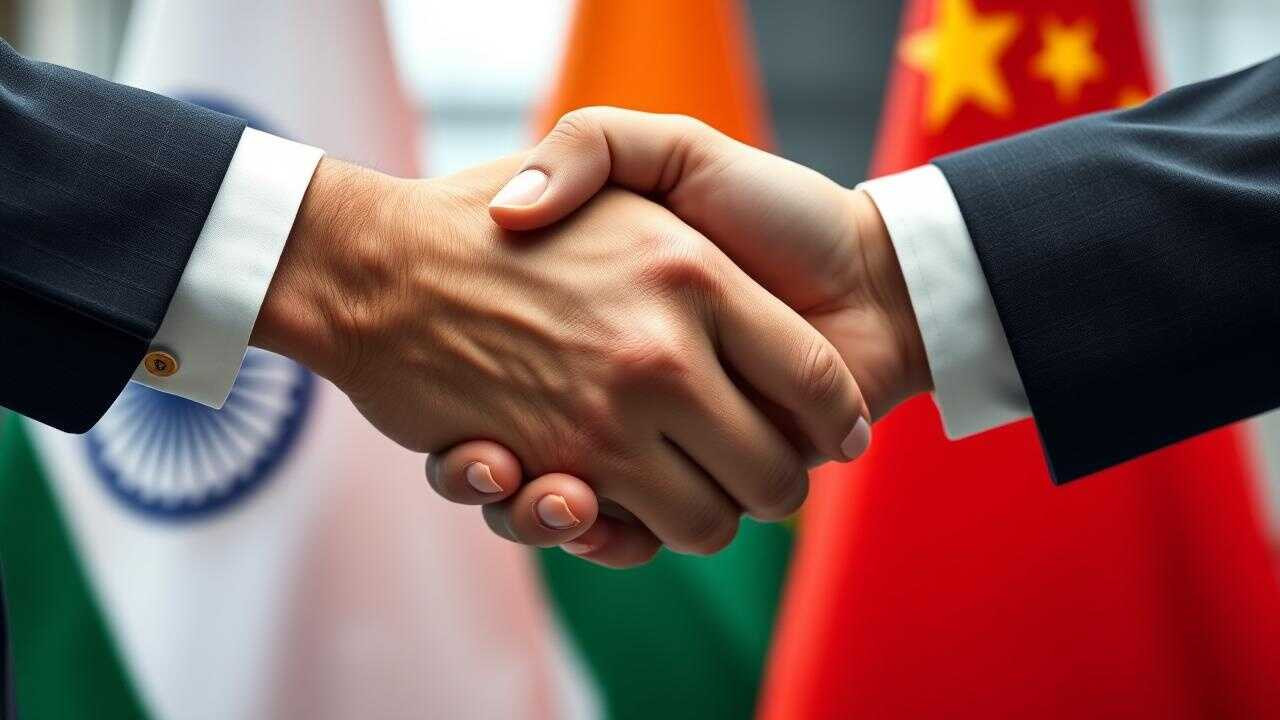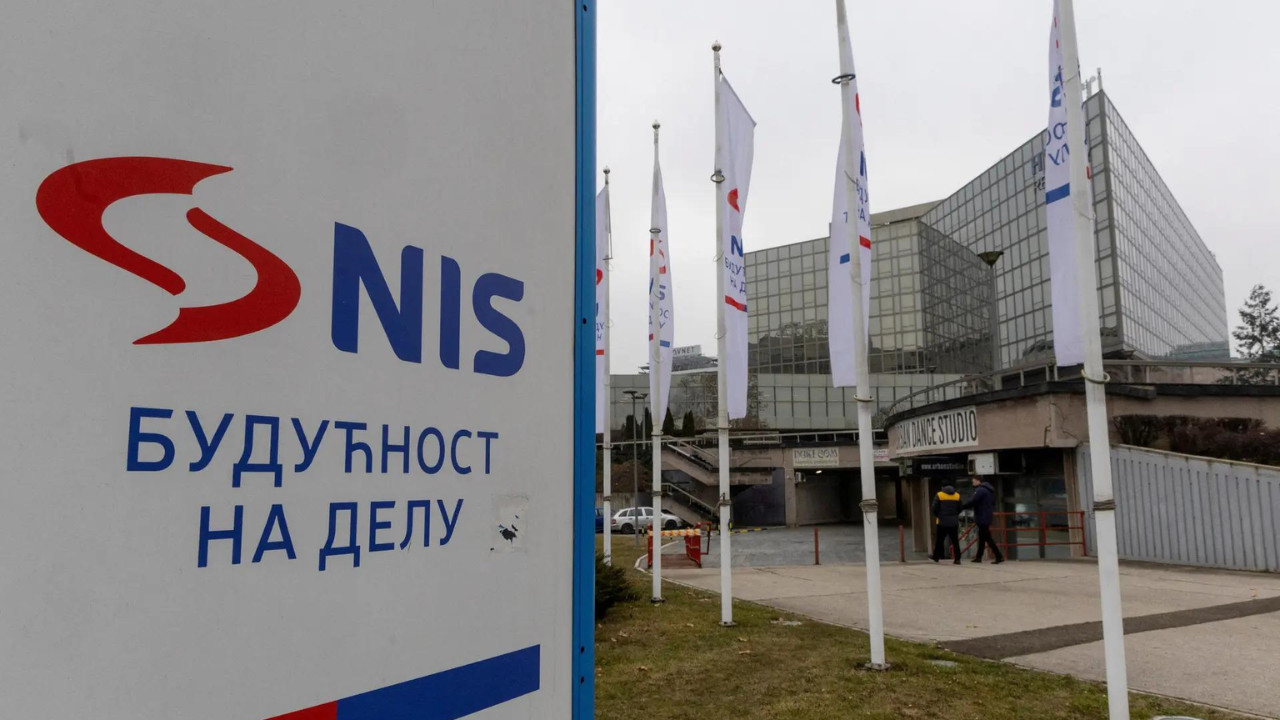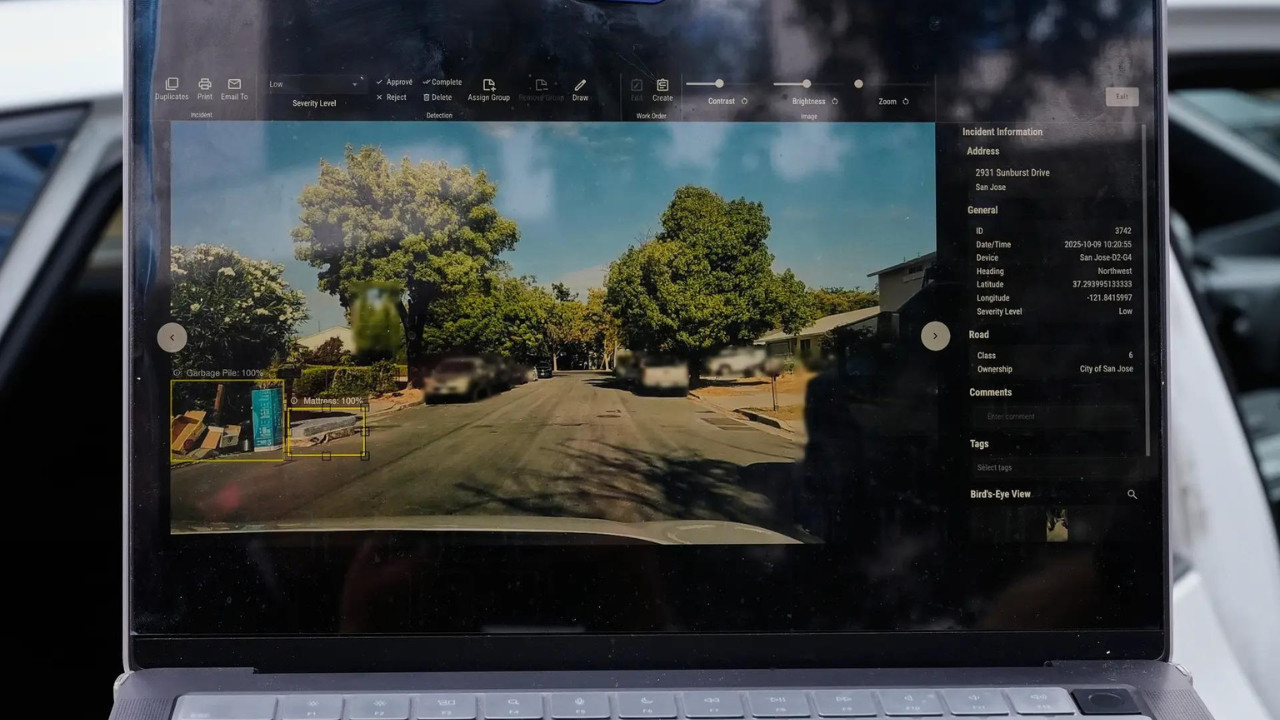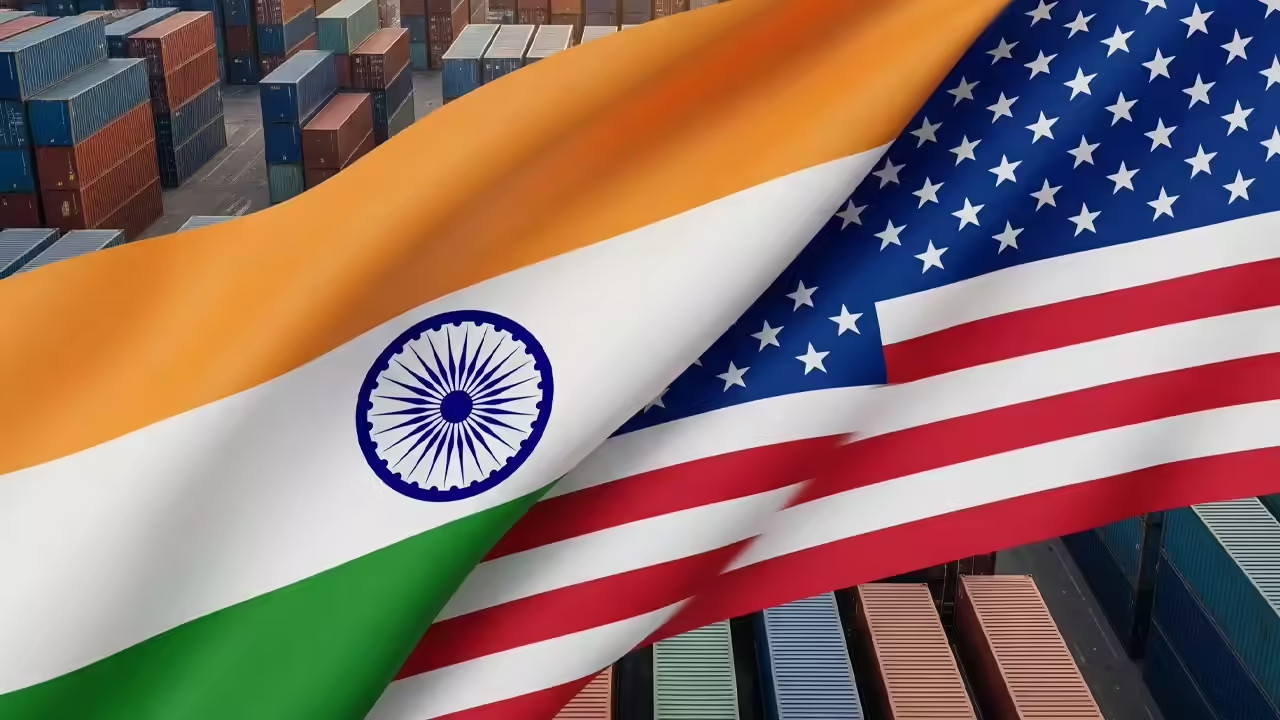Former Niti Aayog Vice Chairman Rajiv Kumar advocates for lifting restrictions on Chinese investments to stimulate domestic manufacturing and job creation, suggesting the removal of Press Note 3 of 2020. Amid efforts to mend ties after border clashes, this policy shift could boost bilateral trade.
Rethinking the Freeze: Should India Reconsider Chinese Investments?
The economic landscape is rarely static. What seemed prudent yesterday might be stifling progress today. That’s the core of a conversation reignited recently by Rajiv Kumar, former Vice Chairman of NITI Aayog, who suggests it’s time to re-evaluate India’s restrictions on Chinese investments. Are we inadvertently cutting off a vital artery of economic growth by maintaining these barriers?
For years, India has exercised caution, imposing stricter scrutiny and limitations on investments flowing from China, primarily citing national security concerns and a desire to foster self-reliance. While understandable in the context of geopolitical tensions, the long-term economic consequences of this stance demand a closer look.
<img src="image-of-indian-and-chinese-flags.jpg" alt="Indian and Chinese flags waving together, a visual representation of investment opportunities.” width=”600″ height=”400″>
Kumar’s argument isn’t about blindly embracing all investment. It’s a call for nuanced pragmatism. He suggests that we’re now mature enough as an economy to strategically manage and mitigate any risks associated with Chinese capital. Holding onto a blanket ban, he believes, could be more detrimental than beneficial.
The Allure of Chinese Capital: What’s at Stake?
The potential benefits of lifting restrictions are multifaceted. Chinese investors have deep pockets and a proven track record in sectors vital to India’s growth trajectory, including manufacturing, technology, and infrastructure. Injecting capital into these areas could spur innovation, boost production, and create jobs – all crucial ingredients for a vibrant economy.
Furthermore, fostering a more open environment for Chinese investment could strengthen trade ties. It could pave the way for increased collaboration in areas where both countries have complementary strengths. Imagine the possibilities for joint ventures in renewable energy, digital infrastructure, or even the pharmaceutical industry.
However, the concerns that led to the initial restrictions are still valid. The fear of technology transfer falling into the wrong hands, the potential for strategic assets being controlled by foreign entities, and the impact on domestic industries all warrant careful consideration. The key lies in striking a delicate balance.
Navigating the Tightrope: Strategic Investment Opportunities and Safeguards
Kumar proposes a framework that allows for strategic investment while safeguarding national interests. This involves implementing robust screening mechanisms, focusing on sectors where Indian companies can benefit from Chinese expertise, and setting clear guidelines for technology transfer and data security.
It’s not about opening the floodgates but about selectively channeling resources into areas that align with India’s long-term economic goals. Sectors like renewable energy, where China has emerged as a global leader, present particularly attractive opportunities. Similarly, Chinese investments in infrastructure development could help bridge the infrastructure gap that currently hinders India’s economic progress.
We also can’t ignore the global context. The ongoing trade tensions between the US and China have created ripple effects across the global economy. Kumar points out that US tariffs on Chinese goods have increased the cost of certain imports, making it more expensive for Indian manufacturers who rely on these inputs. Diversifying investment sources, including welcoming Chinese capital, could help mitigate these inflationary pressures and strengthen India’s position in the global value chain.
A Call for Reassessment: Moving Forward with Prudence
Ultimately, the debate around Chinese investments in India boils down to risk management and strategic thinking. Are we willing to reassess our existing policies, acknowledge the potential benefits, and implement the necessary safeguards to mitigate the risks? The answer to this question could have profound implications for India’s economic future.
Perhaps the time has come for a comprehensive review of our investment policies, not just with regard to China, but with a broader perspective on fostering a more dynamic and competitive economic environment. This review should involve consultations with industry stakeholders, security experts, and policymakers to ensure that any changes are well-informed and carefully considered.
The economic winds are shifting. India must be agile and adaptable to navigate these changes effectively. Reassessing the restrictions on Chinese investments is not a sign of weakness but a testament to our ability to learn, adapt, and embrace opportunities for growth, while remaining vigilant about protecting our national interests. It’s a delicate dance, but one that India must master to secure its economic future.







